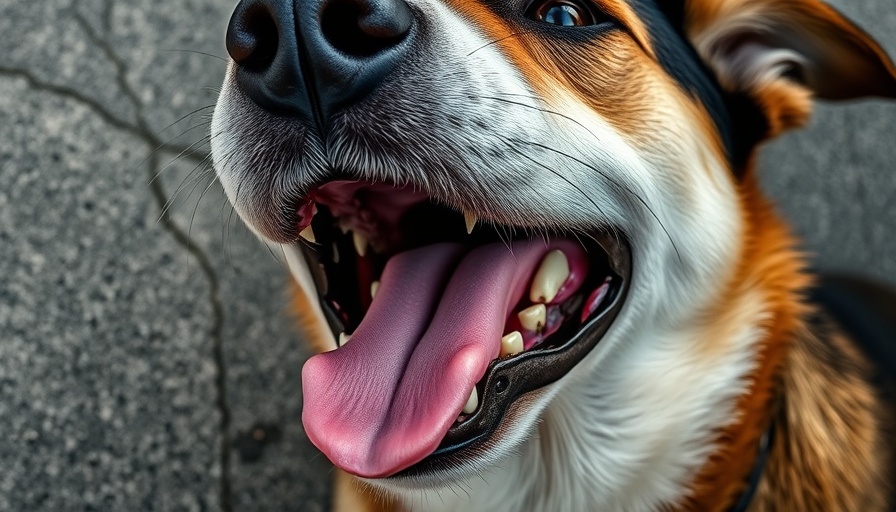
Creative Ways to Keep Your Cat Entertained Without Breaking the Bank
Do you find your cat staring at you expectantly, wishing for some entertainment? You don't need to purchase expensive toys or scratch posts. Repurposing old household items can be a fun and fulfilling way to provide your feline friend with hours of playtime. Here are a few delightful DIY cat toy ideas that will amuse your pet and save you money!
Yarn Toys: A Staple for Playful Paws
Cats love to engage with yarn toys, and they're incredibly easy to make! A simple ball of yarn can transform into a plethora of shapes, from cozy plush mice to colorful balls that jingle. All you need to do is knit or crochet a simple design, and your cat will be captivated for hours. You can find free patterns online or experiment with your own creations. Opt for sturdy acrylic yarn that can withstand enthusiastic play. If you're feeling adventurous, try felting wool yarn for an extra durable and soft finish!
The Exciting Catnip Kick Pillow
What's more exciting to a kitty than a plush toy packed with catnip? The catnip kick pillow is a cherished favorite among felines. Made from an old sock stuffed with catnip and secured tightly, it’s perfect for wrestling and kicking. Your cat can latch onto the pillow, venting its inner hunter. Plus, you'll be proud knowing you made it from materials that would have otherwise ended up in the trash.
Upcycling Household Items into Cat Playground Gems
Have you ever noticed how much joy a simple box or paper bag brings to a cat? DIY cat toys don’t have to be complex. Think outside the box—literally! Create a stimulating environment using common household items. Cut holes into cardboard boxes to create a fun play tunnel or create a crinkle sound by using empty water bottles to entice your cat to pounce. These simple tweaks encourage exercise and mental stimulation.
The Wonders of Sock Toys: Upcycle and Play!
You might have single socks lying around that no longer have a matching pair. Instead of turning to them for trash, let’s make something out of them! Transforming an old sock into a cat toy can be as simple as stuffing it with catnip and tying it off at the end. Add a few jingle bells for sound. This not only keeps your cat entertained but allows for creative experimentation, as every cat has their own unique preferences!
Benefits of DIY Cat Toys for Pet Health
Making your own cat toys isn't just a budget-friendly solution; it can also promote your cat's overall health and well-being. By engaging in active play with these toys, cats benefit from improved physical fitness, mental stimulation, and reduced behavioral issues. Moreover, DIY toys can help reduce anxiety and boredom, translating into a happier pet that enjoys interaction with their surroundings.
Encouraging Bonding Through Play
Engaging in playtime with your DIY creations can strengthen the bond between you and your cat. Spending quality time playing will provide your furry friend with the emotional support they crave, reinforcing trust and affection. Make it special by incorporating a routine that includes a few minutes of interactive play with these homemade toys each day.
Simple Steps to Safety First!
While DIY toys are fun and thrifty, safety should be your main priority. Always check for small bits or embellishments that could come loose, posing potential choking hazards. Inspect the toys regularly, discarding any that show signs of wear and tear. Keeping playtime safe ensures a stress-free experience for both you and your furry friends!
Ready to revive those old materials and design splendid toys for your cat? Dive into creating these exciting and eco-friendly toys. Your cat will thank you!
 Add Row
Add Row  Add
Add 




Write A Comment